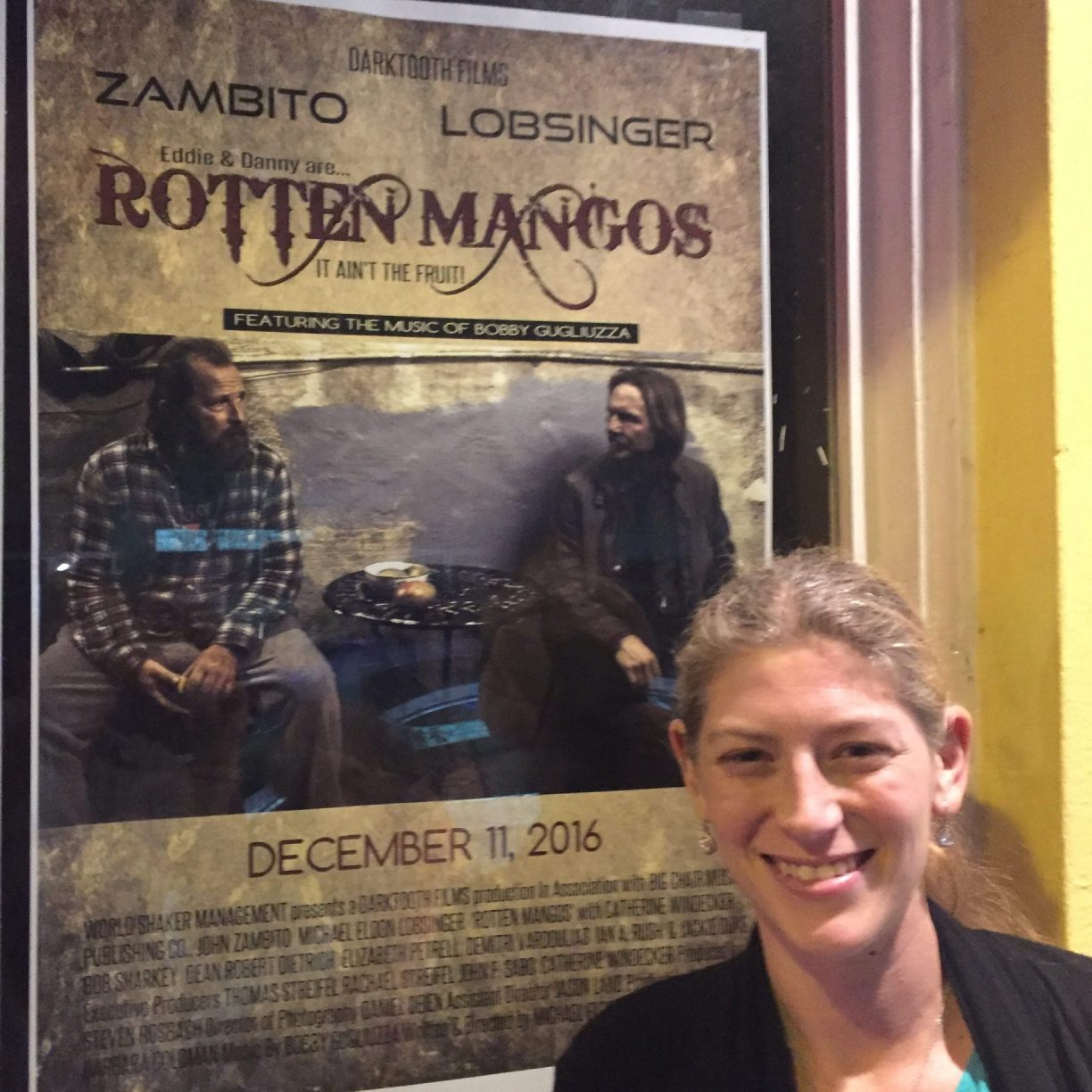This seems like such a simple case. The parties have been married for eight years, there are no minor children of the marriage, and the husband has been financially caring for his wife’s daughter, including as an adult. During the marriage, the husband funded the wife’s artistic endeavors instead of her working at a full-time paying job. The husband generates about $250,000 per year from investment funds that are clearly non-marital. He has little other sources of income. The wife has a home in Florida, and the parties recently sold their marital residence. The husband now lives in another state.
As a forensic accountant specializing in marital dissolution, I would tell you that the solution to this case is dividing the proceeds from the sale of the marital residence and dividing any other marital assets that may exist. The solution does not include discussing whether the wife’s home has any marital component, he should just give it to her. He should provide alimony for four to six years (generous) of approximately $100,000 per year or a lump sum of around $400,000. If he wants to continue to assist the daughter, that is between him and the daughter and is not part of the agreement.
That was easy!
But wait a minute. Now I find out that the husband and wife originally had a kitchen table agreement. The husband waived any interest in the wife’s residence (I got that right), he offered her 100 percent of the proceeds from the sale of the marital residence (What? That seems generous), and he offered her $700,000 of lump sum alimony (Are you kidding me?). To top it off, he also offered two years of bridge the gap alimony at $50,000 per year (Get me a pen and tell me where to sign!).
So what in the world is going on? Why isn’t this case settled, and why have they entered the Collaborative Process?
They entered because the Collaborative Process is different. In the Collaborative Process, the professionals involved don’t care that the offer from the husband seems extremely generous. There is a reason the wife isn’t signing, and it is our job to find out why and help the husband understand why.
Fisher and Ury teach us that to deal with people’s problems, it is useful to think in terms of three basic categories: perception, emotion, and communication.
Clearly, in this case, we have a perception issue. We can’t just assume that the wife has a total misconception of what the law allows for or what those of us who do this for a living would think to be reasonable. As it turns out, what she is seeking is to complete her current artistic work and to then live out her life comfortably with no worries. That is her perception of what he promised her, and she even had a financial plan drawn to show how she can achieve that. It requires a bit more money from the husband, more than he seems willing to spend.
So the role of the professionals is to make sure both the husband and wife understand the other side’s thinking. Because as Fisher and Ury state, “Their thinking is the problem.” And that is a two-way street in this case.
That is how Collaborative is different. Some cases are so far outside the box, but it is what we do!




